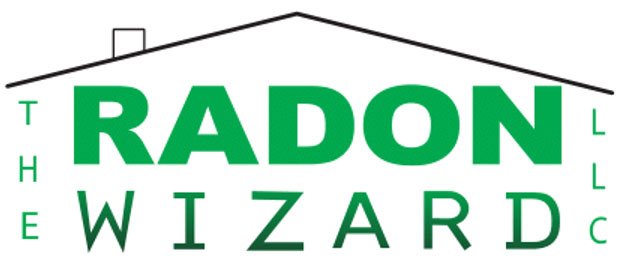Chances are if you are buying a home constructed in the last 10 years in certain communities, there is a Passive Radon System installed, but what is this system and do you need to worry about radon with one in your home?
To answer this question, let’s start off by explaining what a passive mitigation system is. This is a system installed by the builder of your home or structure at the time of construction. It will typically be labeled in your basement with the word “RADON” written with a permanent marker on it. The piping is routed from your basement floor, through the walls of the structure, into the attic, and through the roof. The thought process of this system is that it allows a “passive” way for the pressure of soil gases building under the structure to be released at the roof of the home, rather than allowing this gas to push into the breathing air space. It is also thought to allow for all of the radon system components to be contained within the structure of the home, rather than having piping placed on the exterior of the home. Further, if it ever needs to be activated, meaning a fan motor being added to actively draw pressure under the basement floor, this can be accomplished interiorly. Sounds great right? I think so.
So, why aren’t all new homes and structures built with these systems? In some communities they are. Local legislation in some communities have demanded that all new residential properties have these systems installed. That’s great! Right? Yes, the thought process is a great one. The big problem with this type of a demand is that the requirement does not require a licensed radon professional be the one that designs, installs, inspects, or has anything to do with this process. Yes, it is the equivalent of saying that builders have to install a system that is meant to deal with a radioactive gas, but it is okay for the plumber or general laborer who has zero expertise on the subject or the radon standards attached to the industry to do this work. Unfortunately, in most cases, this is exactly who the builder is utilizing with the installation of these passive systems (the plumber or general laborer). To further prove this point, there are numerous homes in Columbus, Ohio that have their passive systems installed by the builder with “Ray Don” written on the piping. I’m sure Ray and Don are great guys, but I’m pretty sure they did not install these passive “radon” systems.
The result of these types of shortcuts being taken by the builder ends up with poorly designed or installed systems that do not work (even with a fan motor being added in the future). In a lot of cases where a crawlspace or split level is part of the home design, the installer of these passive systems does not include these areas in their passive system consideration. Other times in order for the piping to be routed easier through the home, insufficient size piping or a thinner pipe than what is allowed is utilized.
How is this possible? Surely this can not be okay. Under current guidelines and standards in Ohio, builders are not required to follow any rule, guideline, or standard that has been established in regards to radon mitigation installation. They are only required to follow these local municipality regulations stating that a passive system must be installed. What the passive system is by definition within these regulations clearly is not enough.
When a licensed radon mitigation company, such as The Radon Wizard, comes to “activate” a passive system with a fan motor to try to lower the radon concentrations, we are required to bring the entire system up to the minimum standards as outlined per Ohio Administrative Code. This can become quite problematic and costly if the correct piping was not utilized, or areas such as crawlspaces or split levels were not included in the design. Even when everything looks good from what we can see, there may be hidden issues that do not allow for the system to operate as it should. Often, the passive system is deemed unusable and the need to start over arises.
Are passive systems just a bad idea then? No. If a passive mitigation system is properly designed and installed, it can most certainly work. It can make it so that a structure can manage radon concentrations effectively and consistently. Passive systems just need to be done in a way that allows this brilliant idea to work. If you are considering new construction and your builder is including a passive system in their design, find out who is doing it! Please do not think that you do not need to conduct a radon test simply because a passive mitigation system is present.

